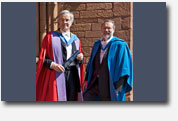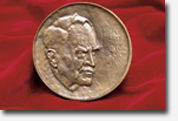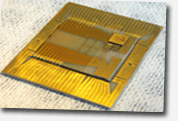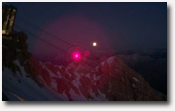
News Archives
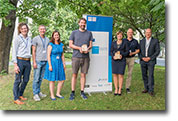
On July 19, the Nano Innovation Award 2019 was presented at the Center for NanoScience (CeNS) of the Ludwig-Maximilians-Universität (LMU) Munich.The Nano Innovation Award for the best doctoral thesis, went to Thomas Hümmer from the group of
Prof. T. Hänsch. ...more
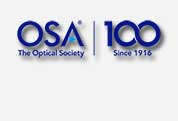
The Optical Society OSA honours Max Planck Institute of Quantum Optics’ researcher Nathalie Picqué with the distinction 2019 OSA Fellow for her path-breaking work on molecular spectroscopy with optical frequency combs. ...more
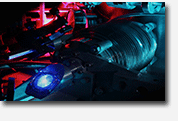
Scientists from the Max Planck Institute of Quantum Optics, using high precision laser spectroscopy of atomic hydrogen, confirm the surprisingly small value of the proto n radius deter mined from muonic hydrogen
...more
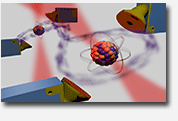
LMU/MPQ-Wissenschaftler-Team schließt letzte „Schlupflöcher“ für Anhänger des lokal-realistischen Weltbildes
...more
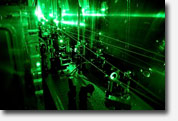
Das Deuteron ist – genau wie das Proton – kleiner als bisher gedacht
...more
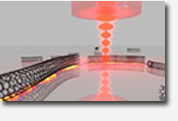
Resonator-verstärkte Raman-Streuung gibt Aufschluss über Struktur und Eigenschaften von Kohlenstoff-Nanoröhrchen.
...more
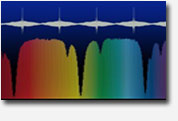
Frequency-agile laser frequency combs take real-time multicolour snapshots of absorbing samples.
...more
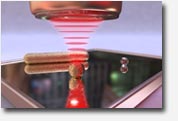
LMU/MPQ-Wissenschaftler können mit einem neuartigen Mikroskop die Details einzelner Nanopartikel abbilden.
...more
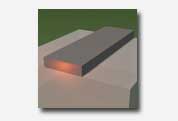
Ein Silizium-Nanodraht erzeugt als optischer Wellenleiter einen breitbandigen Frequenzkamm im mittleren Infrarot.
...more

Exo-Planeten
Die Suche nach Erd-ähnlichen Planeten, die weit entfernte Sterne umkreisen, könnte mit einer von deutschen Wissenschaftlern entwickelten Technik bald einfacher werden.
...more
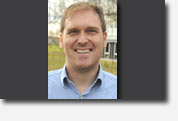
Dr. Randolf Pohl, Leiter der ERC Forschungsgruppe „Muonic Atoms“ am Max-Planck-Institut für Quantenoptik, erhielt die Ernennung zum Fellow der Amerikanischen Physikalischen Gesellschaft ...more

Prof. Harald Weinfurter and Prof. Marek Zukowski (University of Danzig) are the winning “tandem” of this year’s Copernicus award, donated by the DFG and the Foundation for Polish Science (FNP). ...more
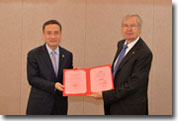
In a festive ceremony on April 28, 2014, Professor Theodor W. Hänsch, Director at the Max Planck Institute of Quantum Optics, has been appointed Honorary Professor at Northwestern Polytechnical University in Xi’an, Shaanxi, China. ...more
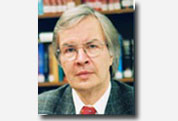
The U.S. National Academy of Inventors (NAI) has announced on December 10, 2013, that Professor Theodor W. Hänsch has been elected Fellow of the NAI. ...more

A team of scientists around Prof. T.W.Hänsch and Dr. N.Picqué at the MPQ, in a collaboration with the LMU Munich and the Institut des Sciences Moléculaires d’Orsay now report on a new method of rapidly identifying different molecular species under a microscope. ...more
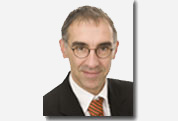
Die Sektion „Quantum Electronics and Optics“ der Europäischen Physikalischen Gesellschaft verleiht Dr. Thomas Udem den dieses Jahr erstmals vergebenen „Prize for Research in Laser Science and Applications“. ...more
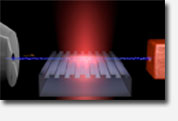
In a new technique, light pulses accelerate electrons more efficiently than traditional accelerators.
...more
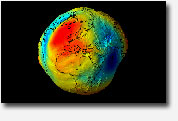
Die Verbindung zweier Uhren sagt`s mir.
Forscher aus Garching und Braunschweig transportieren Frequenzen hochgenau über fast 2000 km – wichtig u. a. für die Geodäsie.
...more
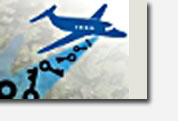
Physicists have, for the first time, successfully transmitted a secure quantum code through the atmosphere from an aircraft to a ground station.
...more
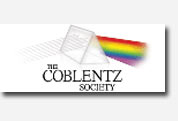
The Coblentz Society has elected Dr. Nathalie Picqué as this year’s recipient of the Coblentz Award. Dr. Picqué is currently on long-term leave at the Max-Planck-Institute of Quantum Optics and the Ludwig-Maximilians-Universität Munich ...
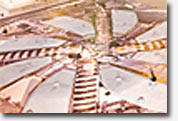
The initial results puzzled the world three years ago: the size of the proton (to be precise, its charge radius), measured in exotic hydrogen, in which the electron orbiting the nucleus is replaced by a negatively charged muon, yielded a value significantly smaller than the one from previous investigations of regular hydrogen or electron-proton-scattering. ...
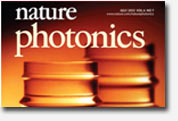
Most molecules, including those of importance in medical diagnostics or pollution monitoring, have characteristic “fingerprints” in the mid-infrared spectral region. However, state-of-the-art mid-infrared frequency comb techniques require systems that are often costly and limited in their applications.

from the American Physical Society
Dr. Randolf Pohl, a scientist in the Laser Spectroscopy Division of Prof. Theodor W. Hänsch at the Max-Planck-Institute of Quantum Optics, is the recipient of the 2013 Francis M. Pipkin Award of the American Physical Society (APS).
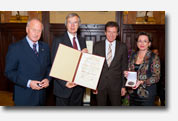
Professor Theodor W. Hänsch, Director at the Max-Planck-Institute of Quantum Optics in Garching near Munich, has received the Wilhelm Exner Medal of the Austrian “Gewerbeverein” in Vienna on November 19, 2012.

LMU/MPQ-Wissenschaftler entwickeln ein System, das die Verschränkung von stationären Quantensystemen anzeigt, ohne diesen Zustand zu zerstören. Das Experiment ist ein wichtiger Schritt auf dem Weg, Quanteninformation über große Entfernungen zu übertragen.

Laser frequency combs can be used for the calibration of astronomical spectrographs. This will help to find extra-solar planets. Stars outside our solar-system. By refining this technology it might become possible to directly measure even very small changes in the expansion velocity of the universe.
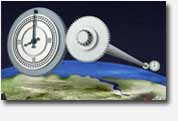
In future, optical fibers could connect all optical atomic clocks within Europe – a milestone for various users of optical frequencies in research and industry.
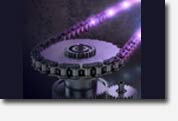
and mechanics
Researchers at EPFL, Switzerland and the Max Planck Institute of Quantum Optics (MPQ, Garching near Munich) have demonstrated a microscopic system in which light can be converted into a mechanical oscillation and back.
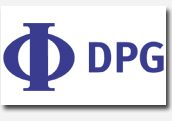
of the DPG
Dr. Randolf Pohl, scientist in the Laser Spectroscopy Division of Prof. Theodor W. Hänsch at the Max Planck Institute of Quantum Optics, is going to receive the Gustav Hertz Award of the German Physical Society (DPG).
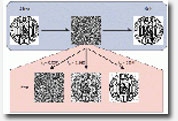
Photonen ermöglichen in der Quantenkryptographie die abhörsichere Übertragung von Nachrichten. Ein Forscherteam um Professor Harald Weinfurter konnte nun eine extrem einfache Art des Abhörens bei derartigen Systemen durchführen – aber auch gleich eine Gegenmaßnahme vorstellen.
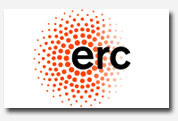
Two scientists from the Max Planck Institute of Quantum Optics, have successfully applied for the “European Research Council Starting Grant”. Their proposals have been selected out of 4080 applications.
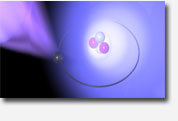
International collaboration including MPQ scientists sets a new value for the antiproton mass relative to the electron with unprecedented precision.
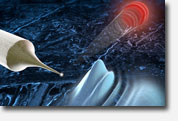
Scientists at the Max Planck Institute of Quantum Optics control for the first time the emission of electrons from metal tips with femtosecond lasers alone.
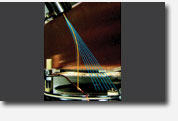
For the first time scientists at MPQ achieve guiding of electrons by purely electric fields.
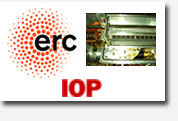
Physics World reveals its top 10 breakthroughs for 2010
Prof.T.W. Hänsch receives “Bavarian Constitution Medal” in Gold

We report on injection locking of optically excited mechanical oscillations of a single, trapped ion.
MPQ-scientists demonstrate that due to synchronisation atoms can be influenced by forces as weak as 5 yoctonewton. ...
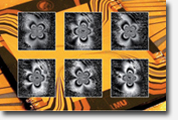
Microwaves are an essential part of modern communication technology. Sophisticated techniques for measurement and characterization of microwave fields are an essential tool for the development of such circuits. ...
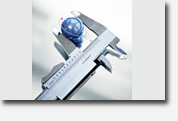
The proton – one of the universal building-blocks of all matter – is even smaller than had previously been assumed. This is the result obtained at the Paul-Scherrer-Institut (PSI) in Villigen (Switzerland) by an international research team. ...
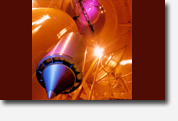
At the beginning of the 20th century two theories have been developed that have completely changed our understanding of the forces of nature: General Relativity and Quantum Mechanics. ...

Our group create multi-particle entanglement of atoms in a Bose Einstein condensate on a microchip.

Dr. Nathalie Picqué received the 2010 Beller Lectureship Award “for pioneering work on the application of laser frequency combs to molecular spectroscopy”.
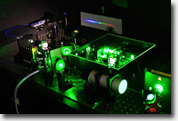
The Board of Directors of the Optical Society of America (OSA) has elevated Dr. Thomas Udem, a scientist at the Laser Spectroscopy Division at the Max Planck Institute of Quantum Optics, Garching (near Munich), to the rank of an “OSA fellow 2010”.

Read about experiments in which we entangle internal and motional state of a BEC, realizing a trapped-atom interferometer with internal-state labeling.
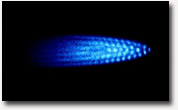
Our latest paper "A phonon laser" was published in Nature Physics.
© 2010, LMU München
Disclaimer

